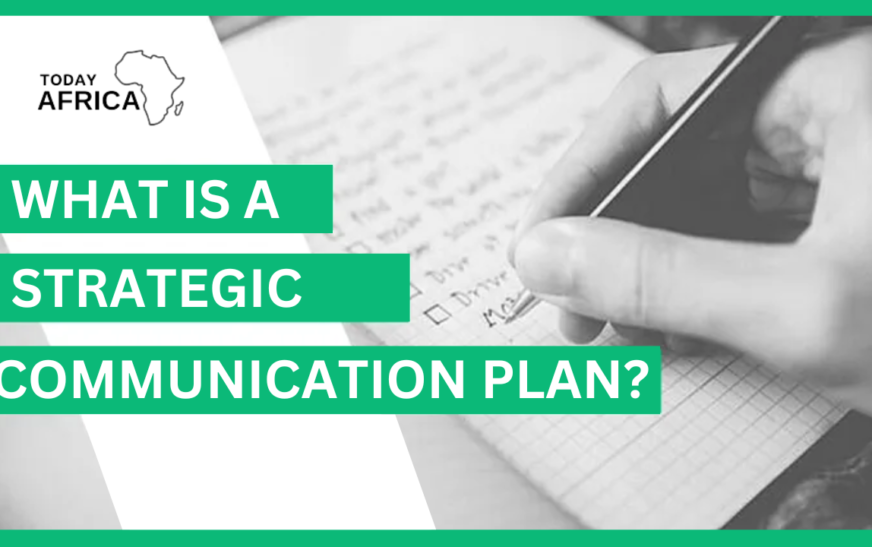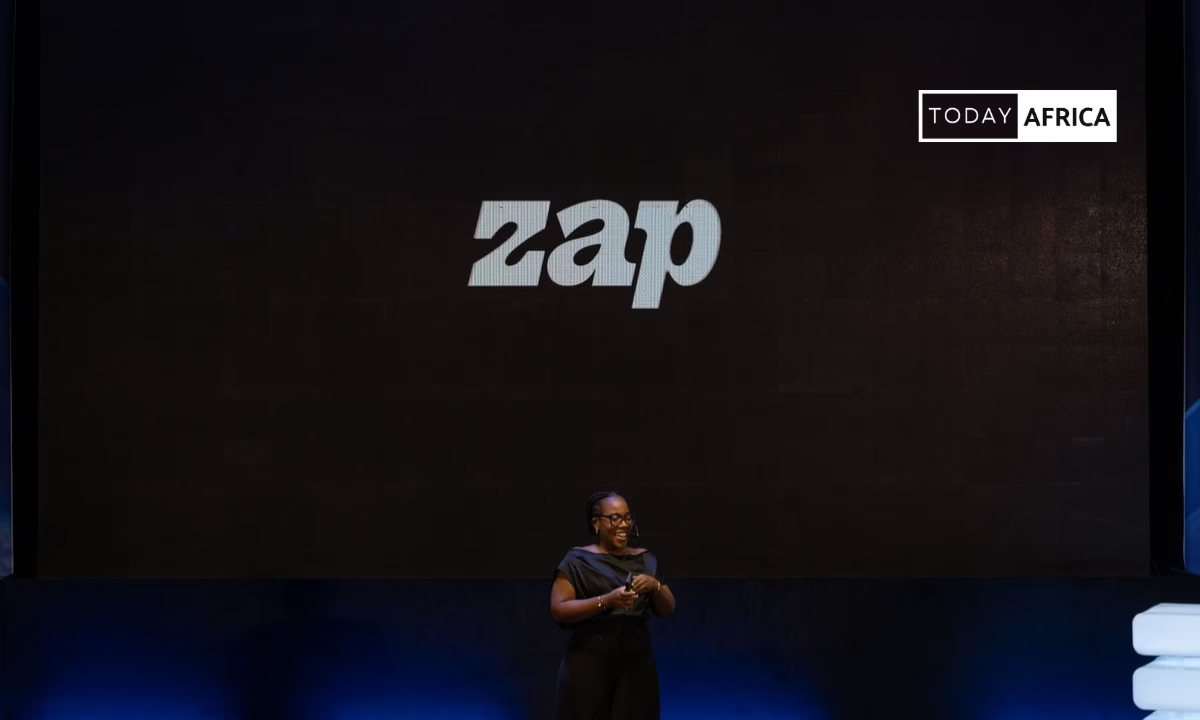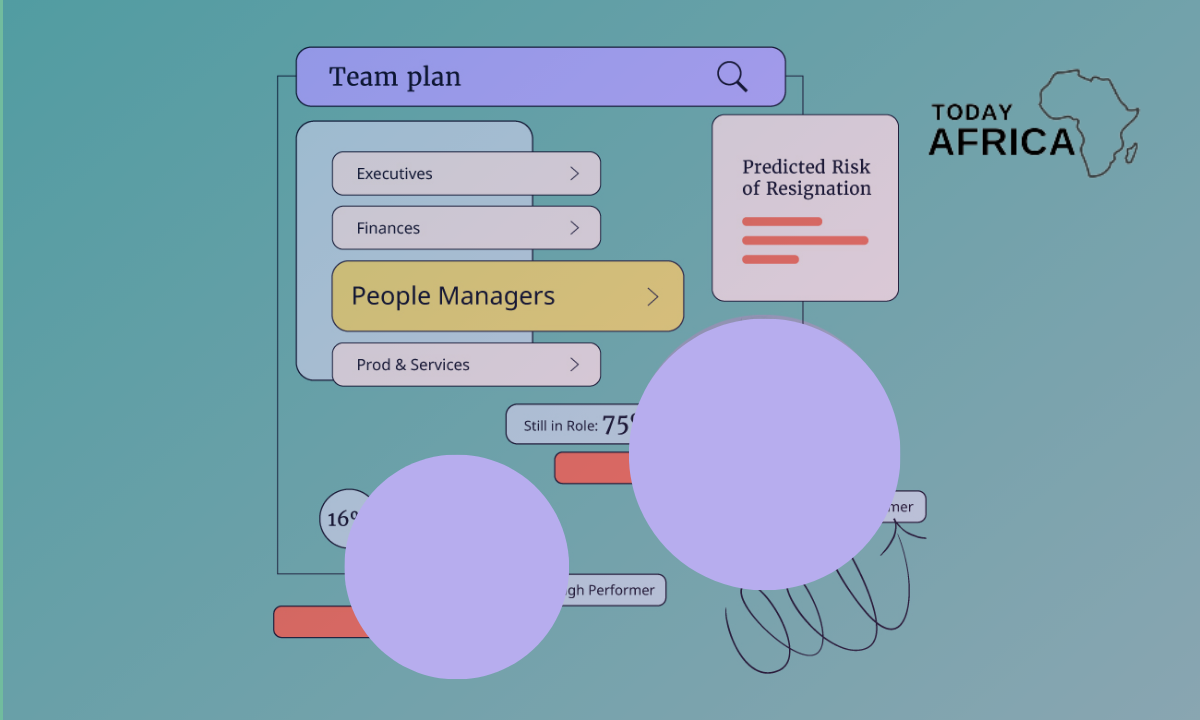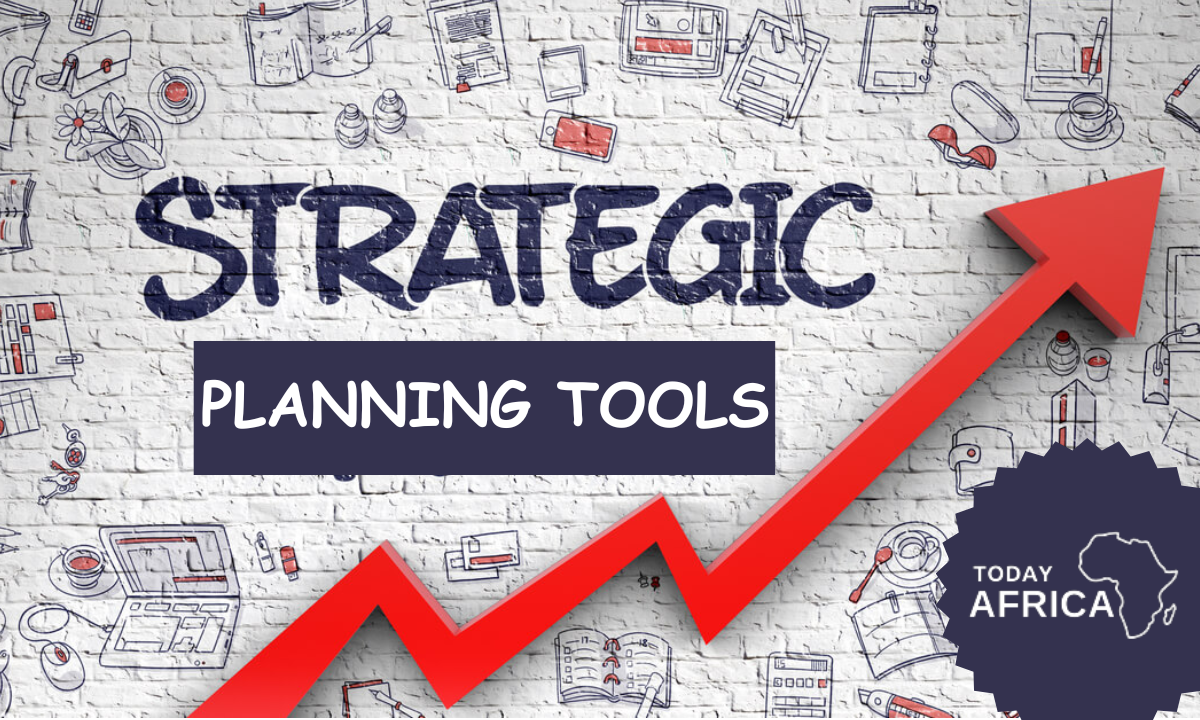Creating a strategic communications plan is vital for your organization.
Except, you’re driving sales and delivering the results you want. I guess not, right?
A strategic communications plan is a crucial tool to effectively convey your message, engage your target audience, and achieve your business objectives.
It has become increasingly important to develop a strategy that aligns communication efforts with your organizational goals.
This was learned the hard way with my co-founder.
So, we’re running Today Africa for you to learn and avoid the mistakes we made.
This website is kind of a data bank and I don’t mind sharing some tips on the essentials required for your communication plan to become successful.
What is Strategic Communications?
Strategic communications is a deliberate and thoughtful approach to managing an organization’s communication efforts.
It involves crafting messages, selecting appropriate channels, and tailoring content to effectively reach and resonate with the intended audience.
A strategic communications plan serves as a roadmap, outlining the objectives, target audience, key messages, tactics, and metrics for success.
7 Key Components of a Strategic Communications Plan
1. Clear objectives: A strategic communications plan begins with clearly defined objectives. So whether it’s enhancing brand reputation, increasing market share, influencing public opinion, or launching a new product, setting specific and measurable goals is vital.
2. Target audience identification: Understanding the target audience is crucial for crafting effective messages. That’s why conducting thorough research and developing audience personas helps identify their needs, preferences, and communication preferences.
3. Key messages: The plan should articulate key messages that align with the organization’s overall objectives and resonate with the target audience. These messages should be consistent, concise, and tailored to each communication channel.
4. Communication channels: Selecting the appropriate channels to reach the target audience is vital. This could include traditional media, social media platforms, websites, email newsletters, or direct outreach to stakeholders. Each channel has its unique advantages and requires careful consideration.
5. Content strategy: Developing compelling and engaging content is essential for effective communication. This involves creating relevant and valuable content in different formats – articles, videos, infographics, or podcasts, to capture the attention and interest of your target audience.
6. Tactical execution: The plan should outline specific tactics and activities to achieve the objectives. These may include media relations, influencer partnerships, thought leadership initiatives, community engagement, or crisis communication strategies.

7. Measurement and evaluation: Establishing key performance indicators (KPIs) is crucial to assess the success of the strategic communications plan. Regularly monitoring and analyzing metrics allows for necessary adjustments and optimization.
Benefits of a Strategic Communications Plan
A well-executed strategic communications plan offers several benefits to organizations:
1. Consistency: By aligning all communication efforts with a unified strategy, organizations can ensure a consistent and coherent brand voice across all channels.
2. Increased reach and engagement: A strategic plan helps organizations reach their target audience effectively, leading to increased engagement, brand awareness, and customer loyalty.
3. Crisis preparedness: Having a strategic communications plan in place enables organizations to proactively manage and navigate through crises, mitigating potential damage to their reputation.
4. Optimized resource allocation: A well-defined plan helps organizations allocate their resources efficiently by focusing efforts on the most impactful channels and messages.
5. Measurable results: With clearly defined objectives and metrics, organizations can measure the impact of their communications efforts and make data-driven decisions for continuous improvement.
How to Communicate a Strategic Plan to Your Employees
Effectively communicating a strategic plan to your employees is vital in ensuring alignment, engagement, and understanding in your organization.
Here are 10 steps to effectively communicate a strategic plan to your employees:
1. Start with leadership alignment
Before communicating the strategic plan, it is essential to ensure that the organization’s leadership is aligned and fully supports the project.
This alignment will provide a strong foundation for consistent messaging and unified communication efforts.
2. Develop a clear and compelling message
Craft a concise and compelling message that outlines the strategic plan’s purpose, objectives, and expected outcomes.
Use plain language and avoid jargon to ensure that all employees can easily understand the message.
3. Tailor communication to different audiences
Recognize that different employee groups may have varying levels of familiarity with the strategic plan.
So tailor your communication approach to address each group’s unique needs and interests.
You may consider using different mediums such as email updates, in-person or virtual team meetings, and online platforms to reach a diverse workforce effectively.
4. Create opportunities for two-way communication
An open and transparent culture should be encouraged in your organization.
Why?
To enable employees to provide feedback, ask questions, and share their perspectives.
This could include organizing Q&A sessions, feedback surveys, or establishing communication channels where employees can ask questions and receive timely responses.
5. Provide context and relevance
Help employees understand how their individual roles and contributions connect to the strategic plan.
Explain how their work directly supports the organization’s objectives and emphasize the importance of their contributions.
For them to fully understand, you have to provide specific examples or success stories to illustrate the impact of their efforts.
6. Use multiple communication channels
Use a variety of communication channels to ensure the plan reaches all employees effectively.
In addition to traditional methods like email and in-person meetings, leverage digital platforms, internal social networks, and video messages to engage employees across different locations and time zones.
7. Incorporate visuals and storytelling
Use visuals such as infographics, charts, and diagrams to illustrate key points and make the strategic plan more accessible.
Additionally, incorporate storytelling techniques to convey the organization’s journey, challenges, and successes.
Stories can be a powerful tool for engaging employees emotionally and helping them connect with the strategic plan personally.
8. Provide ongoing updates and progress reports
Regularly communicate updates on the progress of the strategic plan to maintain momentum and demonstrate transparency.
Share milestones, achievements, and lessons learned to keep employees informed and engaged.
Also, celebrate successes and acknowledge the contributions of individuals and teams along the way.
9. Offer training and support
Ensure employees have the knowledge and resources they need to align their work with the plan.
So, provide training sessions, workshops, or resources that help employees understand the plan’s objectives, their role in achieving them, and any new skills or competencies required.
10. Reinforce the message consistently
Consistency is key in ensuring that the strategic plan message resonates and remains top of mind for employees.
Continuously reinforce the message through various communication touchpoints, such as team meetings, performance reviews, company newsletters, and recognition programs.
Conclusion
By defining clear objectives, identifying the target audience, crafting compelling messages, selecting appropriate channels, and continuously measuring results, organizations can optimize their communication efforts and stay ahead in today’s competitive landscape.
Remember, developing a strategic communications plan requires careful research, thoughtful analysis, and ongoing evaluation.
Embrace this approach, and you’ll be well-equipped to convey your message with impact, build meaningful connections, and drive success for your organization.
















